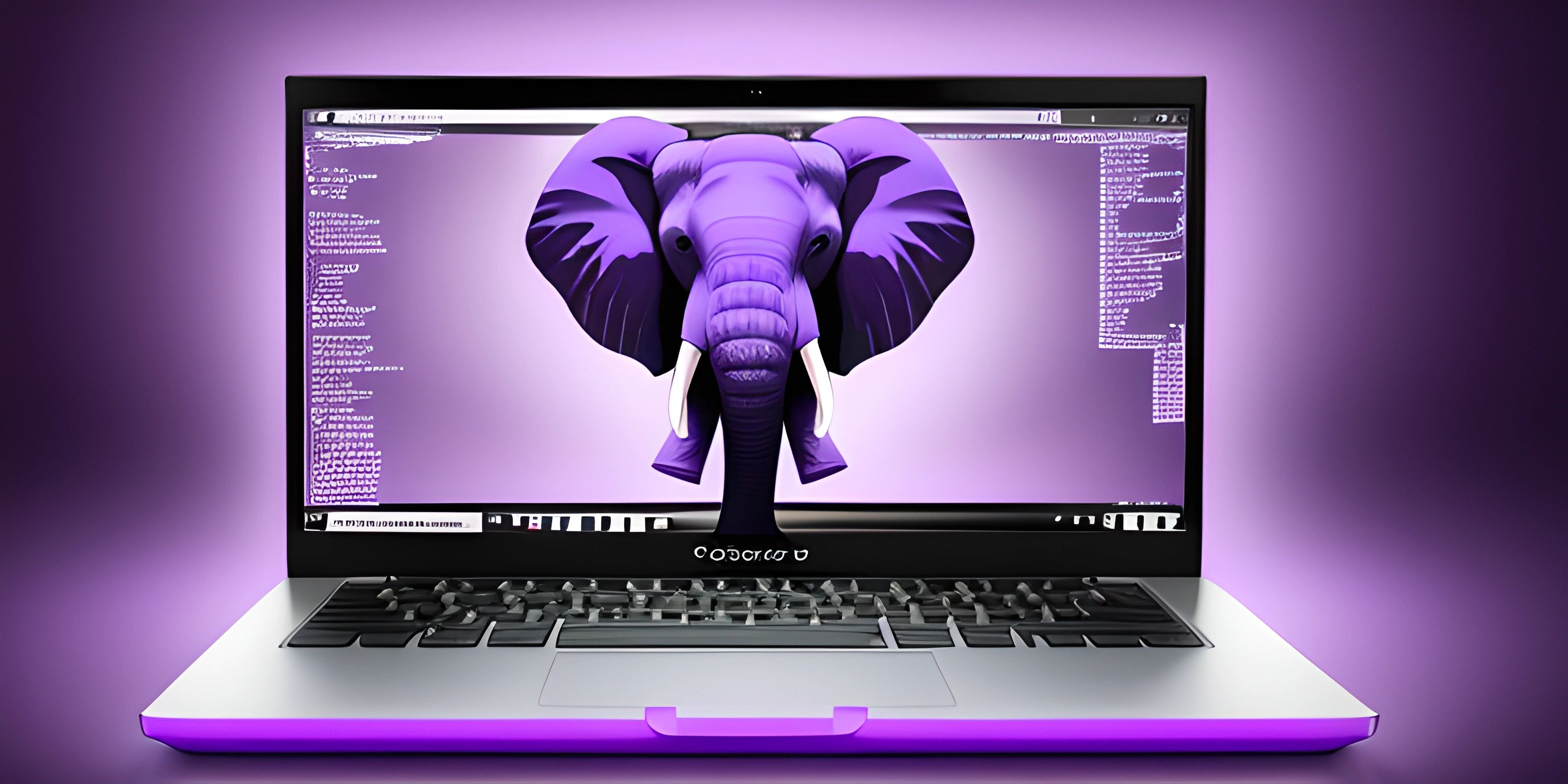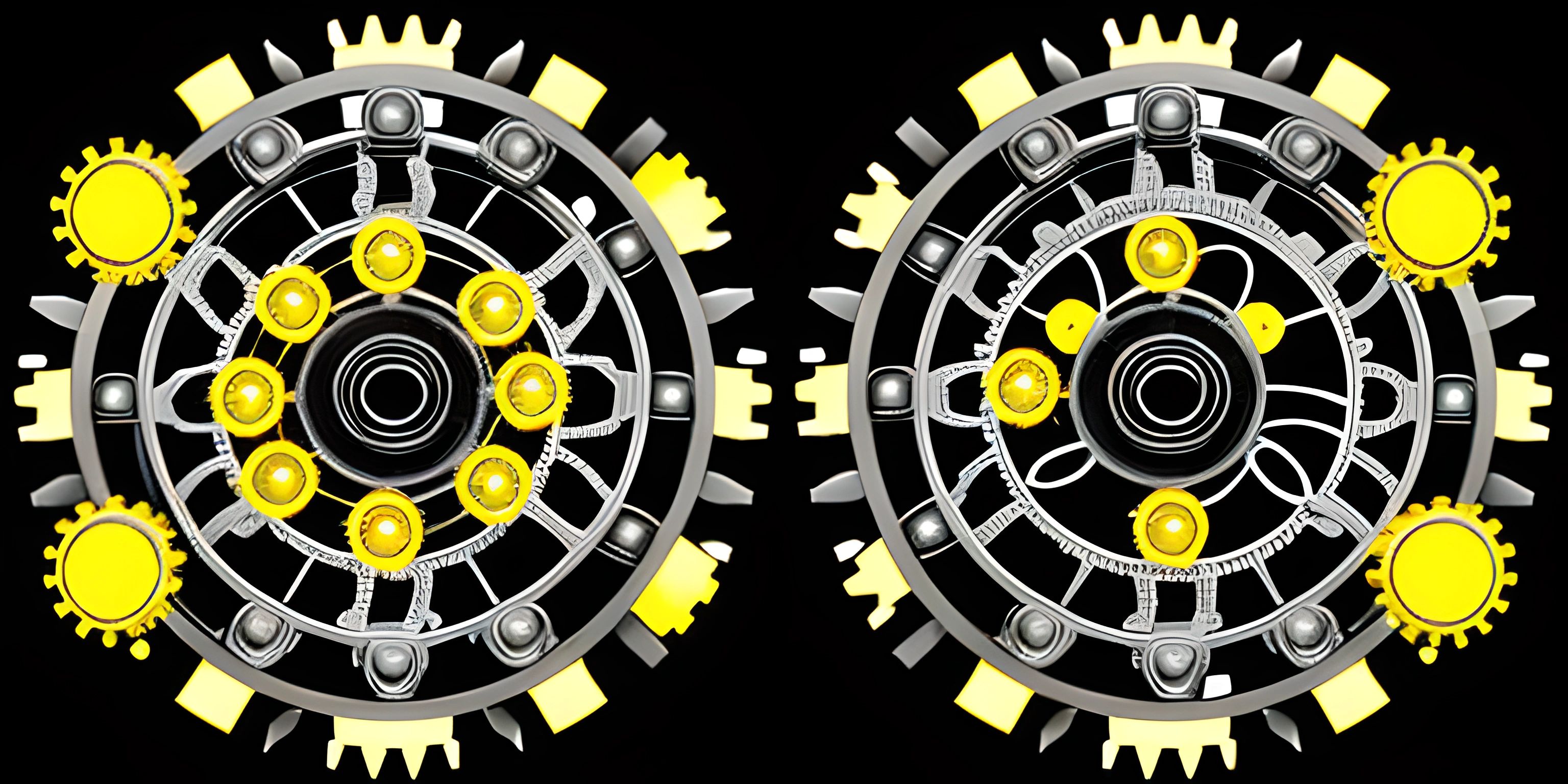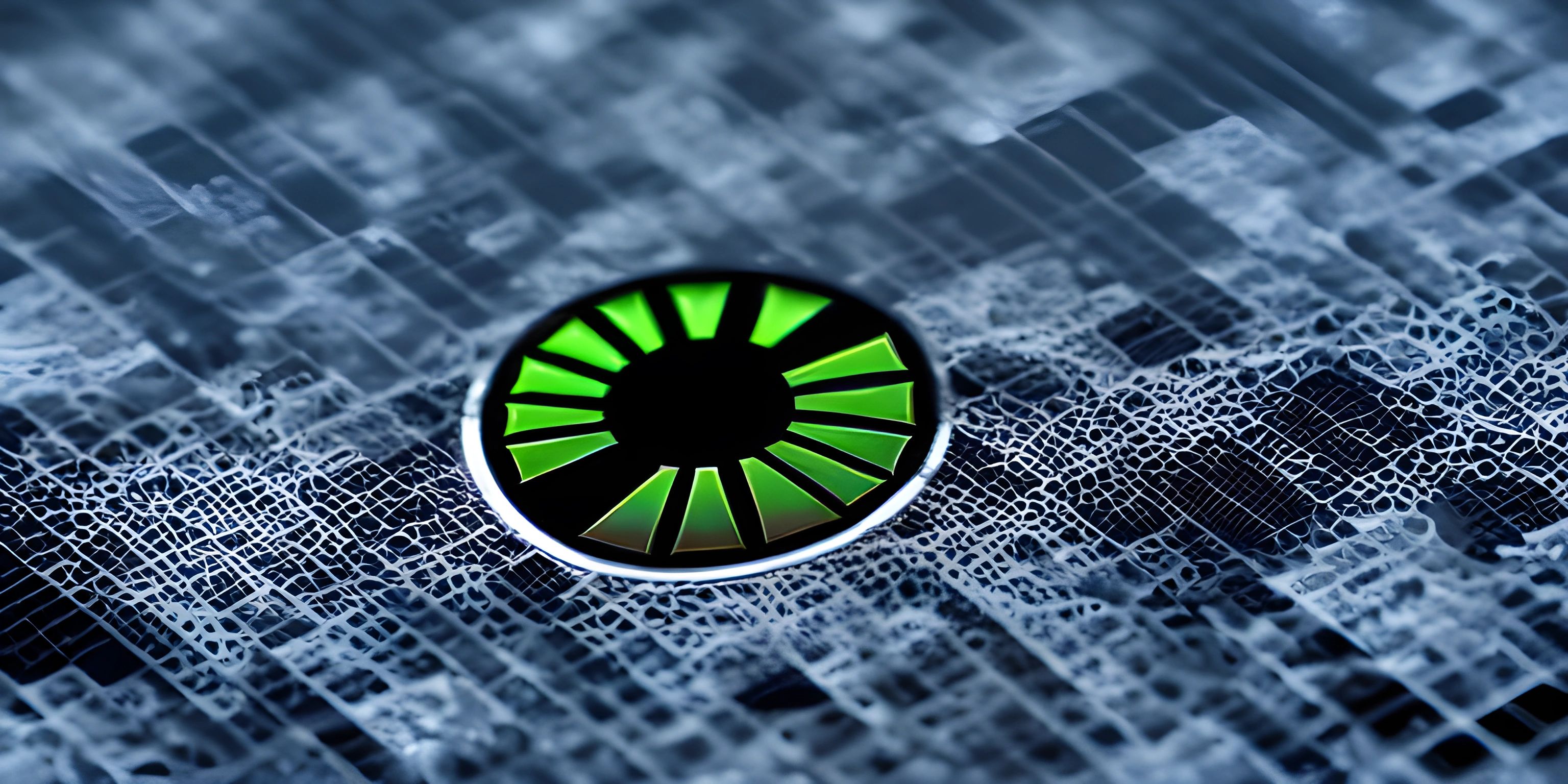PHP Introduction

Note: this page has been created with the use of AI. Please take caution, and note that the content of this page does not necessarily reflect the opinion of Cratecode.
PHP, which originally stood for "Personal Home Page" but now stands for "PHP: Hypertext Preprocessor", is a widely-used open-source scripting language that's especially suited for web development. It can be embedded right into HTML, making it easier to integrate dynamic content into web pages. Developed by Rasmus Lerdorf in 1994, PHP has grown to become an essential tool for creating dynamic and interactive web applications.
Features of PHP
PHP has several features that make it ideal for web development:
-
Server-Side Scripting: PHP is a server-side scripting language. This means the code is executed on the server, and the output is sent to the client as plain HTML. This allows developers to create secure, dynamic websites that can interact with databases, perform authentication, and manage user sessions.
-
Cross-Platform Compatibility: PHP can run on various platforms, including Windows, Linux, Unix, and Mac OS. This flexibility makes it a popular choice for web developers, as they can use PHP in a variety of hosting environments.
-
Database Connectivity: PHP has strong support for a wide range of databases, such as MySQL, PostgreSQL, and SQLite. This enables developers to easily create database-driven websites and web applications.
-
Ease of Learning: PHP has a syntax that is similar to C and Java, making it easy to learn for those familiar with other programming languages. Additionally, PHP has a vast community and a wealth of online resources that make it easy for beginners to get started.
Embedding PHP in HTML
One of the key features of PHP is the ability to embed PHP code directly within an HTML file. This is done using PHP tags. Here's a simple example:
<!DOCTYPE html>
<html>
<head>
<title>My First PHP Page</title>
</head>
<body>
<?php
echo "Hello, PHP!";
?>
</body>
</html>In this example, the <?php tag marks the beginning of a PHP block, and the ?> tag marks the end. The code within these tags is executed on the server, and the output ("Hello, PHP!") is sent to the client as plain HTML.
Basic Syntax
PHP is a case-sensitive language, and its syntax is similar to other C-style languages. Here's a quick overview of PHP's basic syntax:
Variables
Variables in PHP start with a dollar sign ($) followed by the variable name. Variable names are case-sensitive and can include letters, numbers, and underscores. Variables are assigned values using the assignment operator (=). For example:
<?php
$greeting = "Hello, PHP!";
echo $greeting;
?>Functions
Functions in PHP are defined using the function keyword, followed by the function name and a pair of parentheses. The function's code is enclosed in curly braces ({}). Functions can accept arguments and return values. Here's an example:
<?php
function greet($name) {
return "Hello, " . $name . "!";
}
echo greet("PHP");
?>Conclusion
PHP is an essential tool for web developers, thanks to its server-side scripting capabilities, cross-platform compatibility, and strong support for databases. With its embedded nature within HTML and easy-to-learn syntax, PHP is a great choice for those looking to create dynamic, interactive web applications.
Hey there! Want to learn more? Cratecode is an online learning platform that lets you forge your own path. Click here to check out a lesson: Full-stack Web Frameworks (Next.js) (psst, it's free!).





